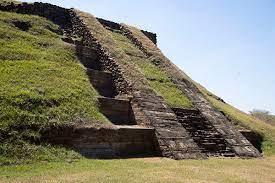Cihuatán is a gem in the historical landscape of El Salvador. This archaeological site once thrived as a pre-Columbian city. It speaks volumes about the ancient civilization that once walked its grounds. Visitors can explore vast ruins, including a ball court and pyramid structures. Each relic tells a story, hinting at cultural richness and complex social structures. Cihuatán’s significance goes beyond landscapes and ruins. It links us to a bygone era, showcasing craftsmanship and urban planning. These insights are precious to historians and travelers alike who seek to understand our universal heritage.
Historical Places
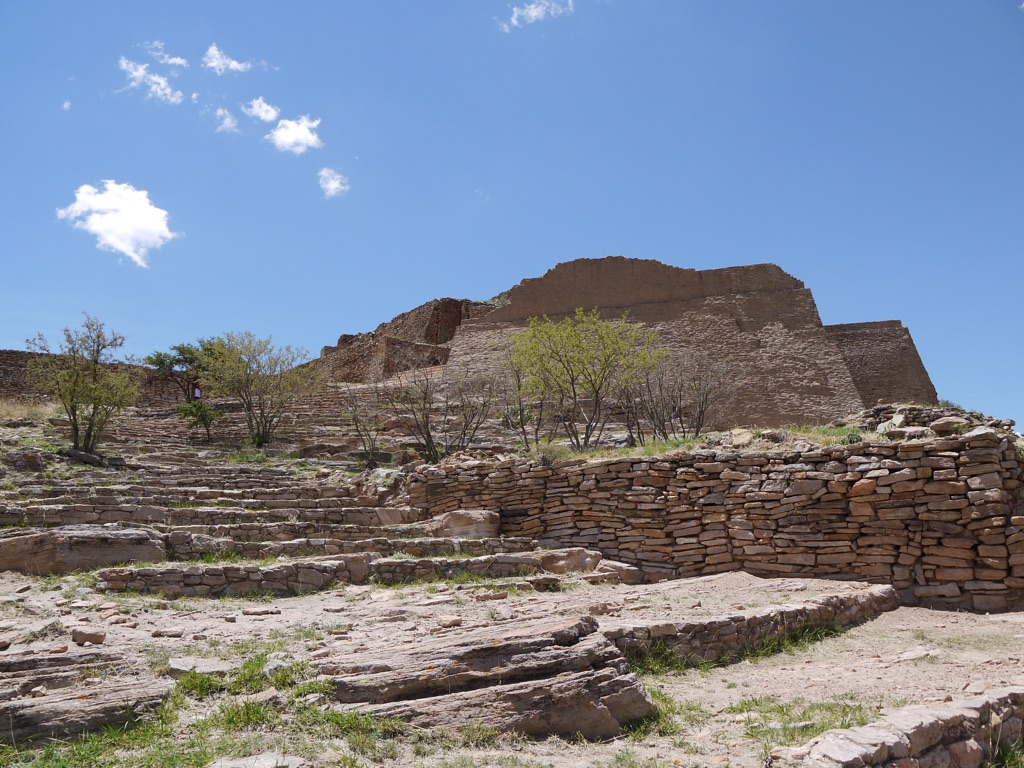
La Quemada
La Quemada stands as a monumental testament to the ingenious spirit of ancient Mesoamerica. Perched on a strategic hilltop in modern-day Zacatecas, Mexico, this historic site boasts impressive ruins that echo the tales of a once-grand civilization. Researchers suggest that La Quemada played a critical role in trade and cultural exchanges between northern and southern regions, succumbing to abandonment around 900 AD. Visitors today can wander through the Ball Court, climb the Votive Pyramid, and marvel at the vast complex of terraces and walls. Its origins remain shrouded in mystery, with connections to the Chalchihuites culture and ties to the legendary city of Chicomoztoc, adding to its enigmatic charm.
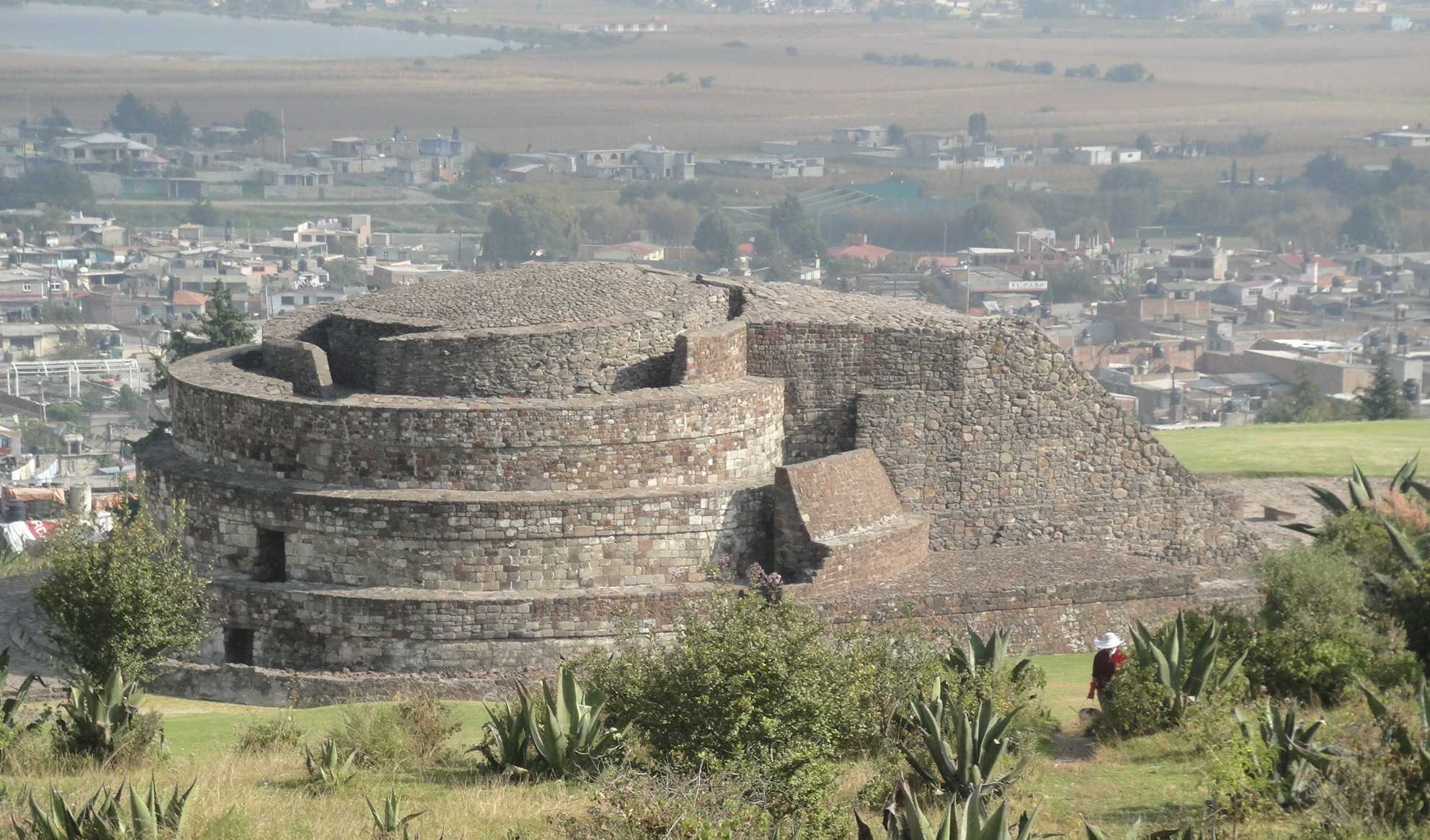
Calixtlahuaca
Calixtlahuaca, a captivating archaeological site, is nestled in the Toluca Valley, Mexico. This ancient city, once a thriving hub of the Matlatzinca civilization, is a treasure trove of history and culture. Its name, derived from the Nahuatl language, translates to “House on the Plain.” The site is renowned for its unique architectural style and the intriguing artifacts unearthed over the years.
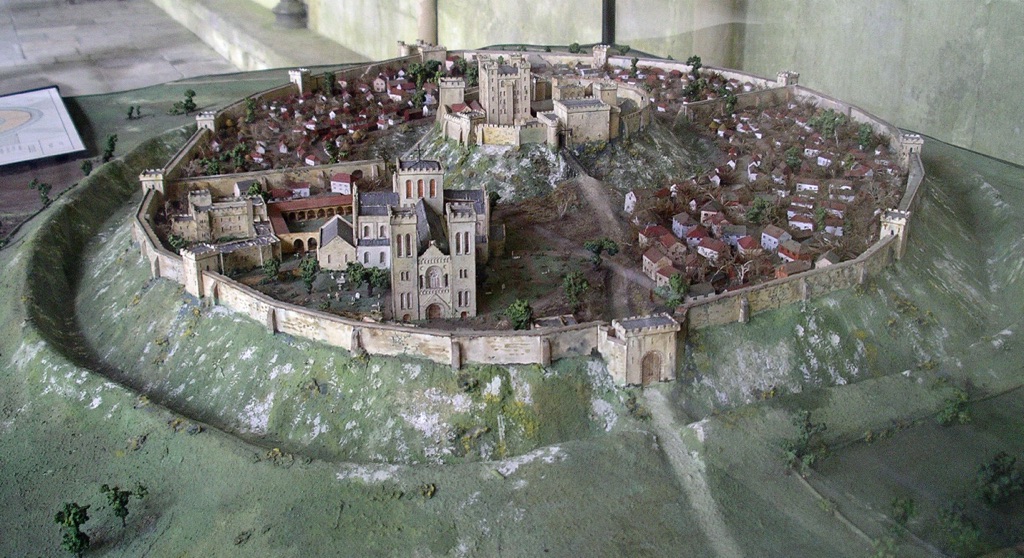
Old Sarum
Old Sarum stands as a symbol of British history, rising from the Salisbury Plain. Once a flourishing royal fortress, it boasts a tale that spans over 5,000 years. This site witnessed Roman occupation, the comings and goings of Saxon kings, and the political moves of Norman conquerors. As visitors explore the ruins, they tread upon layers of history, each stone a reminder of an age gone by. Roman legions once stood guard here, and it served as a backdrop to some of Britain’s formative events.
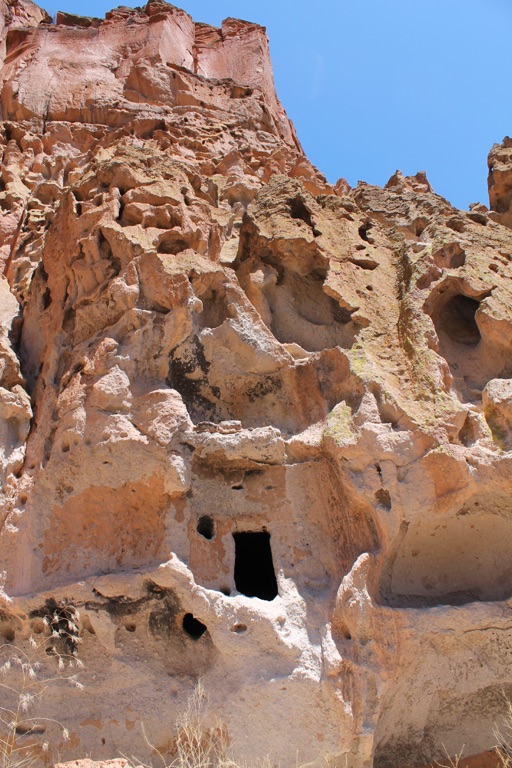
Bandelier National Monument
Nestled in the rugged landscapes of New Mexico, Bandelier National Monument offers a unique window into the lives of the Ancestral Puebloan people. Once home to thriving communities, the vast area preserves intricate cliff dwellings, petroglyphs, and remnants of ancient domestic life. Visitors become time travelers, wandering through ruins of ceremonial structures called kivas, and immersing themselves in a culture carved from the volcanic tuff more than 11,000 years ago. The monument’s history is a testament to the people’s ingenuity and their harmony with the challenging environment.
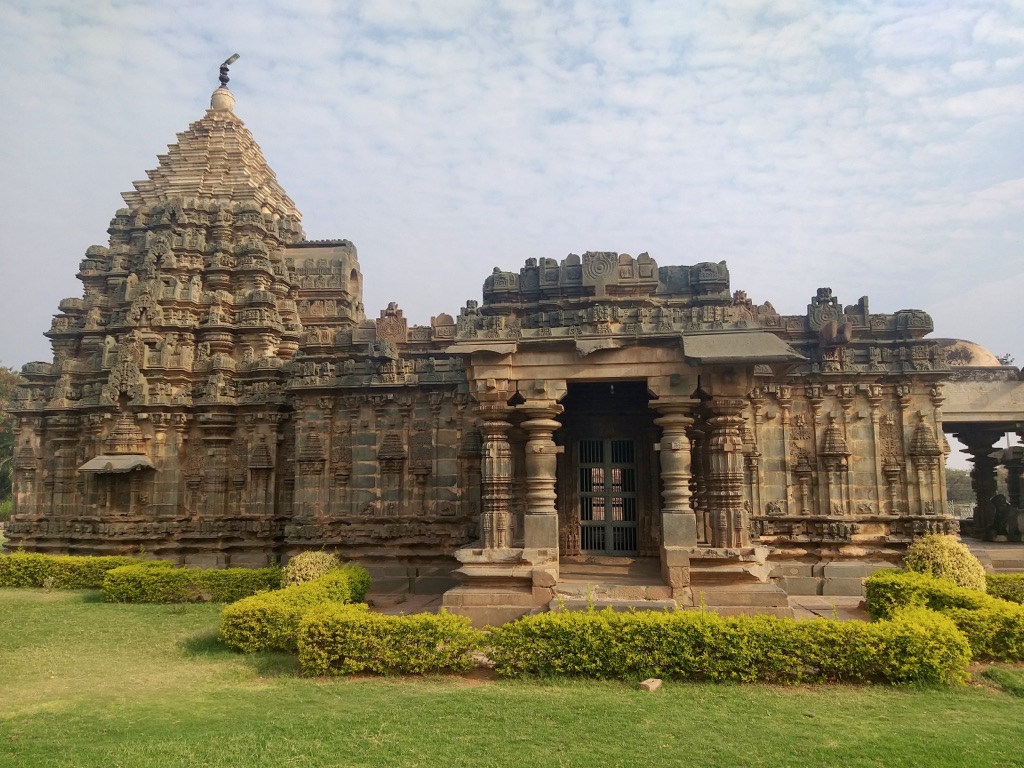
Indra Sabha
Indra Sabha, a historical site of great significance, stands as a testament to the architectural mastery of ancient times. Nestled within the Ellora Caves in Maharashtra, India, it showcases exquisite rock-cut craftsmanship. This ancient monument draws its name from the lord of heavens in Indian mythology, Indra. It reflects the reverence ancient civilizations held for spiritual and natural elements. The Indra Sabha is not just a mere structure; it’s a narrative carved in stone, representing the interplay of art, religion, and nature.

